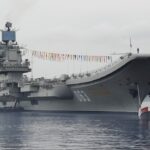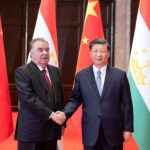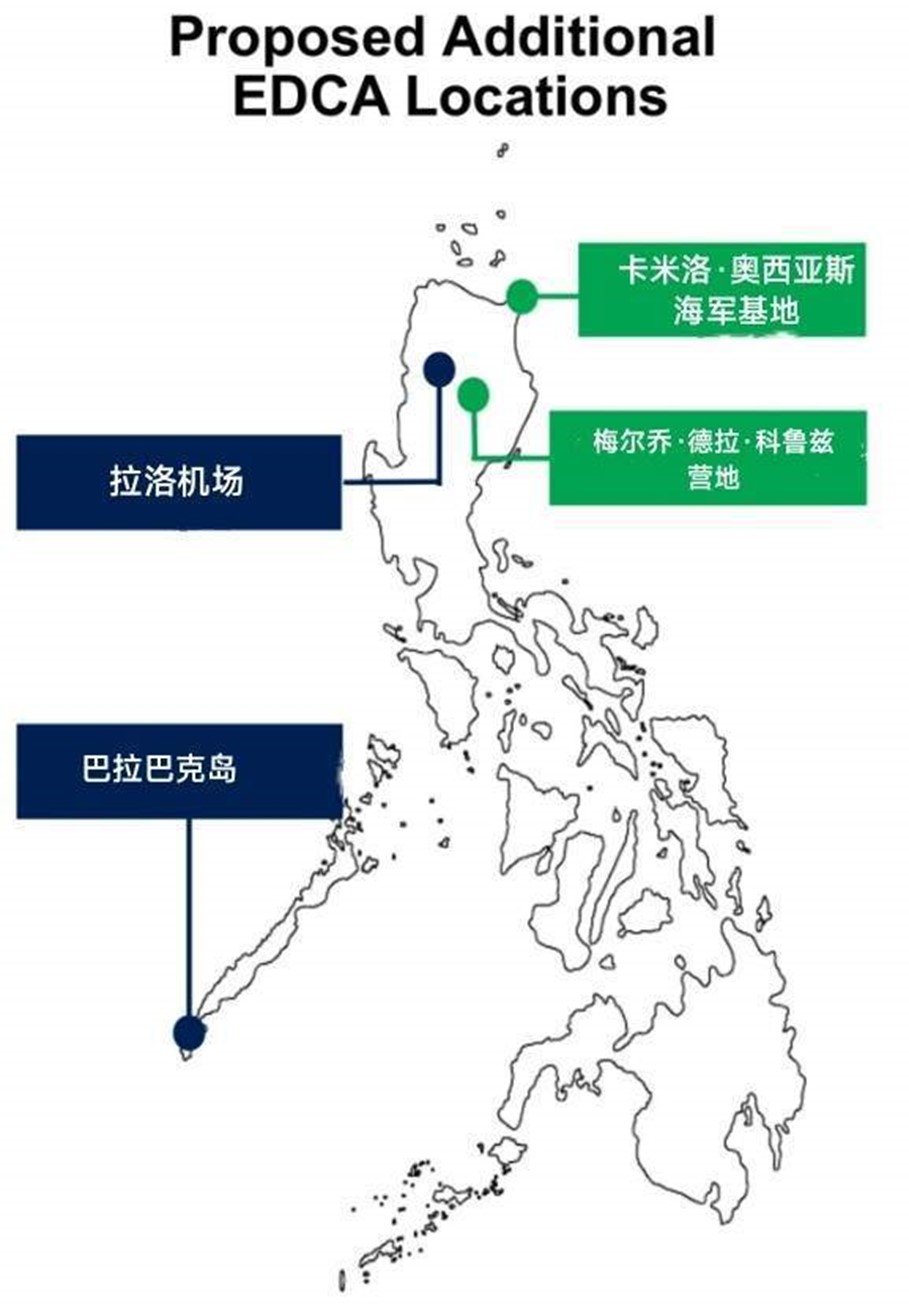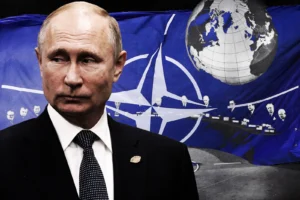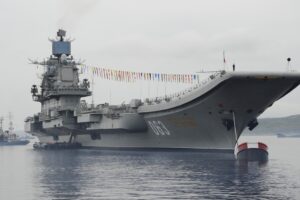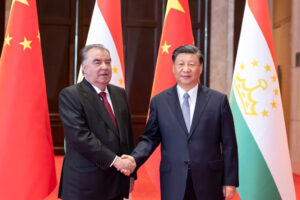The location of the four new US military bases in the Philippines has finally been settled, but this does not mean that the Taiwan Strait and the South China Sea are calm. On the contrary, this actually means a new round of turmoil.
According to Reuters, on April 3, local time, the Office of the President of the Philippines announced the final selection of the four new military bases for the US military in the Philippines. they are, respectively:
- Camilo Osias Naval Base (located in Cagayan Province, northern Luzon)
- Lalo Airport (located in Cagayan Province, northern Luzon)
- Melchor de la Cruz Camp (in the town of Gamo, Isabela province)
- Balabac Island (in Palawan Province)

(the specific location of the base)
It can be seen from the map that the first three bases are obviously aimed at the Taiwan Strait . They are all quite close to the Bashi Strait. The northernmost Camilo Osias Naval Base is only 400 kilometers away from Taiwan Island.
Balabac Island, on the other hand, is clearly aimed at the South China Sea . On the one hand, this island is quite close to the Nansha Islands; on the other hand, in recent years, US aircraft carrier battle groups and other types of ships have frequently entered and left the South China Sea through the Balabac Strait on the south side of Balabac Island, conducting so-called “South China Sea navigation”. Freedom of movement”, and this new base will allow the US military to better control this key waterway that enters and exits the South China Sea.

(U.S. aircraft carrier formation enters the South China Sea)
Of course, President’s Office Secretary Cheloy Galafiel still deludes himself that these bases are meant to enhance the Philippines’ disaster response for humanitarian and relief operations during emergencies and natural disasters.
But Acting Secretary of Defense Galvez of the Philippines admitted that these locations are “very strategically significant” and stressed that the Philippines has a so-called “responsibility to the international community” on the South China Sea issue. According to the agreement signed by the United States and the Philippines, the US military will be able to rotate in these bases, conduct joint training with the Philippine army, and store military equipment and supplies.

(Data map of US-Philippines military base)
Obviously, the Marcos government in the Philippines is determined to follow the United States and make itself a springboard for the United States to intervene in the Taiwan Strait and the South China Sea . Although the Chinese embassy in the Philippines did not immediately respond to a request for comment, China had previously criticized the agreement as part of “the United States’ efforts to encircle and contain China through its military alliance with the Philippines.” The deployment of the US military will only exacerbate regional tensions. situation.

(U.S.-Philippines military cooperation)
Moreover, such a decision is not only firmly opposed by China, but there are also many voices of dissatisfaction in the Philippines.
Manuel Mamba, the governor of Cagayan Province, which has two target bases, has publicly opposed the presence of U.S. troops. He worries that such a situation will jeopardize Chinese investment in the region and make it a top target for conflicts in the Taiwan Strait.

(US aircraft carrier docks at Philippine naval base)
Former Philippine President Duterte even pointed out in a recent radio interview that the United States needs a “platform” to deal with possible conflicts with China , and these US military bases exist just like that.
He believes that the Philippines cannot obtain any national interests from these bases at all, because China is not the enemy and opponent of the Philippines, but when the bases are handed over to the Americans, the Philippines becomes a “weapon platform” in the conflict, passively involved All of this is only for the national interests of the United States.

(Duterte data map)
There is one thing that can actually prove Duterte’s point of view very well. At the same time that the United States was “fooling” the Philippines to open its bases, some members of the US House of Representatives held back their energy to trouble the Philippines and submitted a so-called “Philippines Bill of Rights, attempting to blatantly interfere in the internal affairs of the Philippines. Obviously, in the eyes of the Americans, the Philippines is just a “tool”, and they don’t even bother to give the Philippines even the most basic respect.
But in Duterte’s words, now that the relevant agreement has been signed, at least during the six years of Marcos’ tenure, the Philippines has been powerless. If a conflict really breaks out during this period, the people of Luzon and the entire Philippines can only tell China: “We can’t drive away the Americans”, and then hope that the Chinese can understand the difficulties of the Philippines. Such a result is obviously not what the Filipinos really want.
Source: 163


